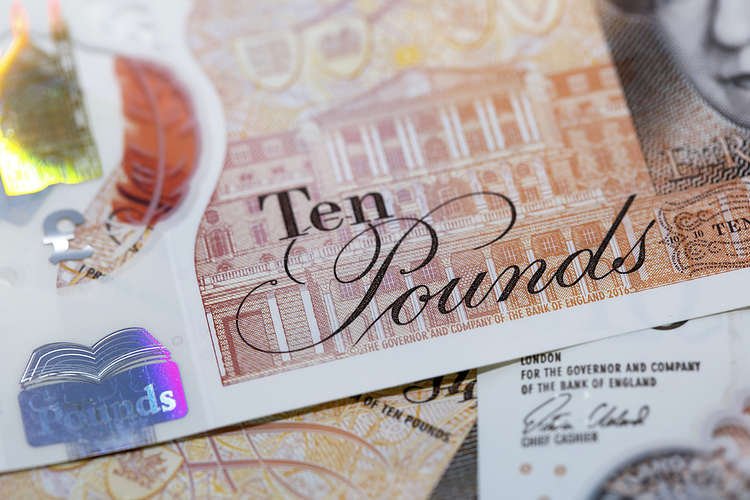With sterling trading near a seven-month low against the dollar, markets are bracing for a potentially pivotal UK Budget.
Chancellor Reeves faces a £20-30 billion shortfall in the public finances, and with few easy options, investors are preparing for a new round of austerity which is focused on tax rises rather than spending restraint.
Economic indicators are already flashing warning signs: unemployment has risen to a post-pandemic high of 5%, and growth momentum is fading.
Against this backdrop, the pound’s next move will depend on whether the Budget restores confidence in the UK’s fiscal trajectory, or deepens fears of stagnation.
This year’s pre-Budget season has been unusually leaky, with a steady drip of potential measures floated in the media – from manifesto breaking hikes to income tax, to soak-the-rich mansion taxes, to fundamental changes in the country’s energy policy. Markets suspect this is deliberate expectation management by the Treasury. It is a way to gauge public and political reaction before finalising the package, and to soften the ground for unpopular announcements.
From a market perspective, this approach can cut both ways. On the one hand, it reduces the risk of a nasty surprise that jolts sterling on Budget day. On the other, it risks signalling indecision and political fragility – especially if the final measures appear shaped by short-term pushback rather than a coherent fiscal strategy. Traders will be alert to whether the final Budget feels like a carefully calibrated plan, or a reactive compromise shaped by polling and press headlines.
For currency traders, the Budget will serve as a real-time credibility test. A rally in sterling is unlikely given the expected fiscal tightening, but if the pound holds its ground, it will signal that investors see the Chancellor’s measures as credible and sufficient to stabilise the public finances without necessarily derailing growth.
The risk is that markets perceive an overreliance on revenue-raising measures that either dampen economic activity, or have the potential to be watered down by Parliament. A repeat of last year’s stop-start fiscal cycle – where U-turns on spending cuts and counterproductive tax rises forced another mid-year adjustment – would damage confidence further and likely push sterling lower.
Measures that demonstrate fiscal discipline and bolster medium-term headroom are most likely to reassure investors. In particular, a rise in income tax and the continued use of fiscal drag would raise substantial revenue on a consistent basis. These measures would signal seriousness about balancing the books, whilst having only a modest impact on growth, even if the political cost of breaking a manifesto pledge could be steep.
Furthermore, any additional fiscal headroom that the Chancellor is able to eke out could strengthen sterling by reducing the risk of repeated Budget revisions and enhancing the UK’s resilience to external shocks. In an environment where the US and parts of Europe are struggling to contain deficits, the UK could start to look like a relative safe haven if fiscal discipline is restored. Such headroom, nonetheless, would require even more short-term pain on the fiscal front.
Any move to cut energy bills would be politically popular and could offset the negative reception to other measures, while also alleviating one of the main drags on the UK economy. However, the cost of the policy will have to be borne by additional cuts or tax hikes elsewhere.
The resulting reduction in inflation pressures would also prompt investors to anticipate a more dovish Bank of England. With a 25bps rate cut in December already priced in, further easing expectations beyond this could weigh on sterling in the near term. Increases here would be seen as politically easy methods of raising revenue – mildly positive for market sentiment. Moves to raise corporation tax or dividend taxation would risk undercutting growth and investment, leading to an exodus of capital and a weaker pound.
Looser fiscal rules or benefit expansions without offsetting measures would erode market confidence and likely trigger further selling in sterling and gilts.
The upcoming Budget is less about the headline tax measures and more about credibility. If Chancellor Reeves delivers a coherent, balanced plan that stabilises the deficit and anchors expectations, sterling may find a floor. But if the Budget fuels doubts over fiscal discipline or political unity, the pound’s recent slide could deepen before year-end.”
In short, sterling’s reaction will hinge not on whether taxes rise, but on whether markets believe the Chancellor’s plan restores fiscal credibility without suffocating growth.”
If Reeves can convince markets that Labour is serious about fiscal repair, sterling could finally find its footing. If not, the slide may just be getting started.”







